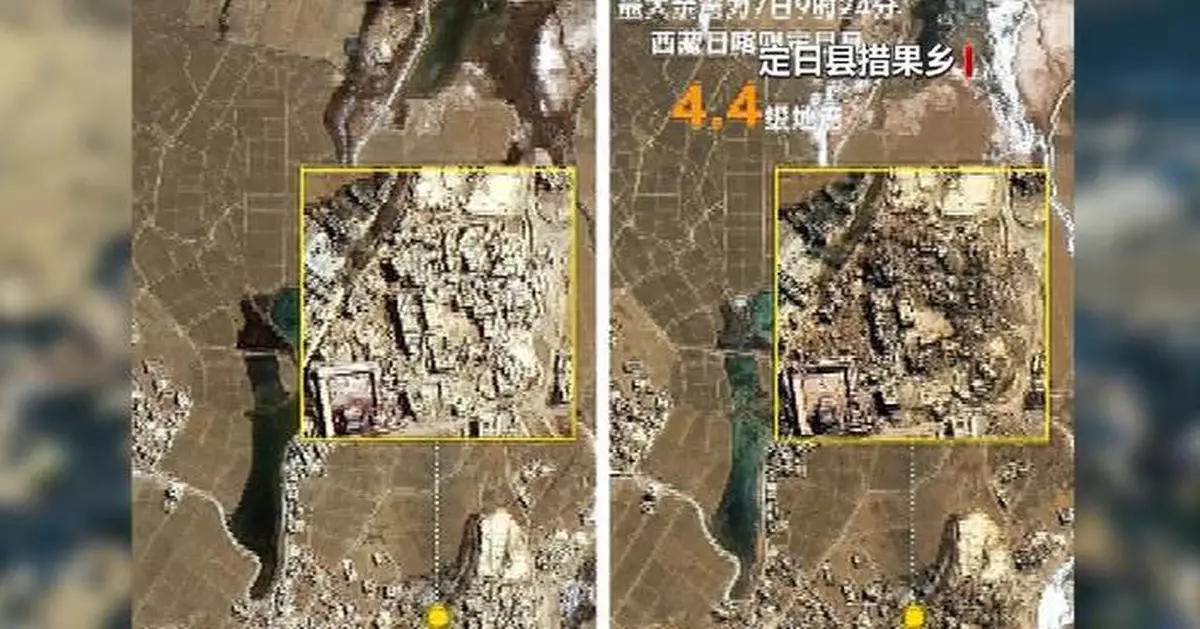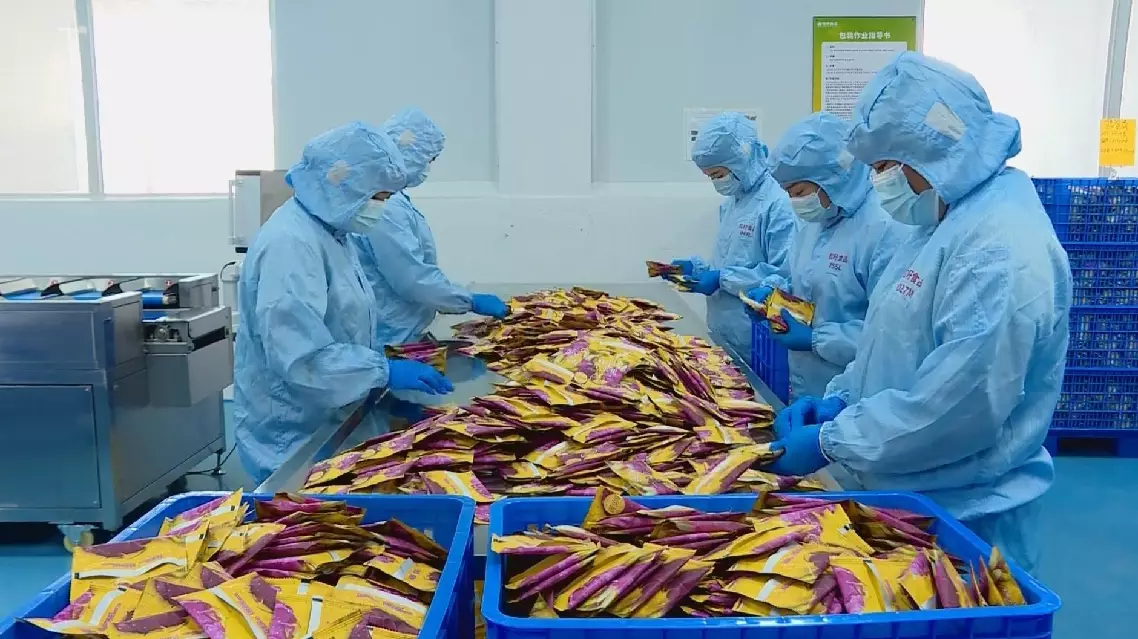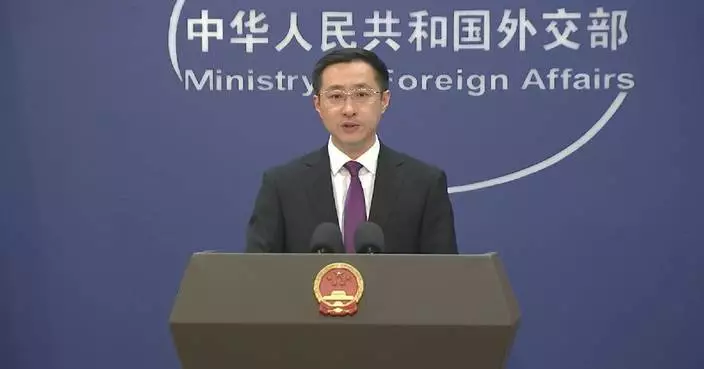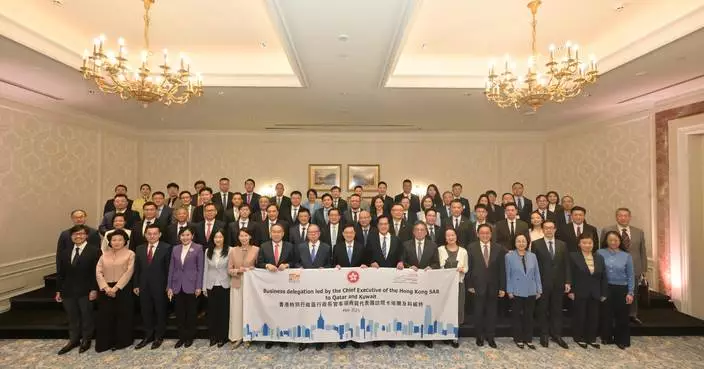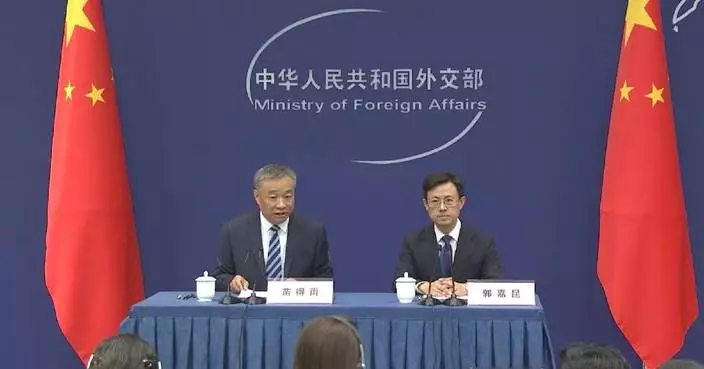A total of 1,095 aftershocks had been recorded as of 8:00 Thursday after a 6.8-magnitude earthquake jolted Dingri County in southwest China's Xizang Autonomous Region on Tuesday morning, according to the China Earthquake Networks Center (CENC).
The powerful quake struck Dingri in Xigaze City at 9:05 a.m. Tuesday, with a depth of 10 km. The disaster has claimed at least 126 lives, injured 188 others, and caused the collapse of more than 3,600 houses as of Tuesday night.
Aftershocks include 804 below magnitude 2.0, 258 between magnitudes 2.0 and 2.9, 29 between magnitudes 3.0 and 3.9, and four between magnitudes 4.0 and 4.9. The strongest so far measured 4.4 in magnitude, occurring some 18 kilometers from the epicenter of the main quake.
The epicenter, located in Tsogo Township, is home to approximately 6,900 people across 27 villages within a 20-km radius. Dingri County, situated on the northern slope of the Himalayas, borders Nepal to the south and lies near the northern base camp of Mount Qomolangma, the world's highest peak.
To support rescue operation and disaster assessment, the Jilin-1 satellite was deployed to capture real-time images of the quake-hit areas.
In Tsogo Township, the epicenter, many traditional mud-brick homes were completely destroyed. High-resolution satellite images show widespread devastation, with houses reduced to rubble.
In Changsuo Township, satellite images reveal widespread damage to homes, which were mainly built with earth-and-wood structures known for their vulnerability to seismic activity. Villages such as Tonglai and Gadan witnessed significant destruction, with individuals trapped in fallen buildings. Some villagers' two-story homes collapsed partially, leaving only remnants of their upper walls.
Quelo Township also experienced severe devastation. Satellite comparisons show widespread structural failure in homes built with earth-and-wood materials. Rescue teams, including the People's Liberation Army, armed police, and firefighting units, rushed to Quelo to search for survivors. Local authorities have set up temporary shelters to house affected residents.
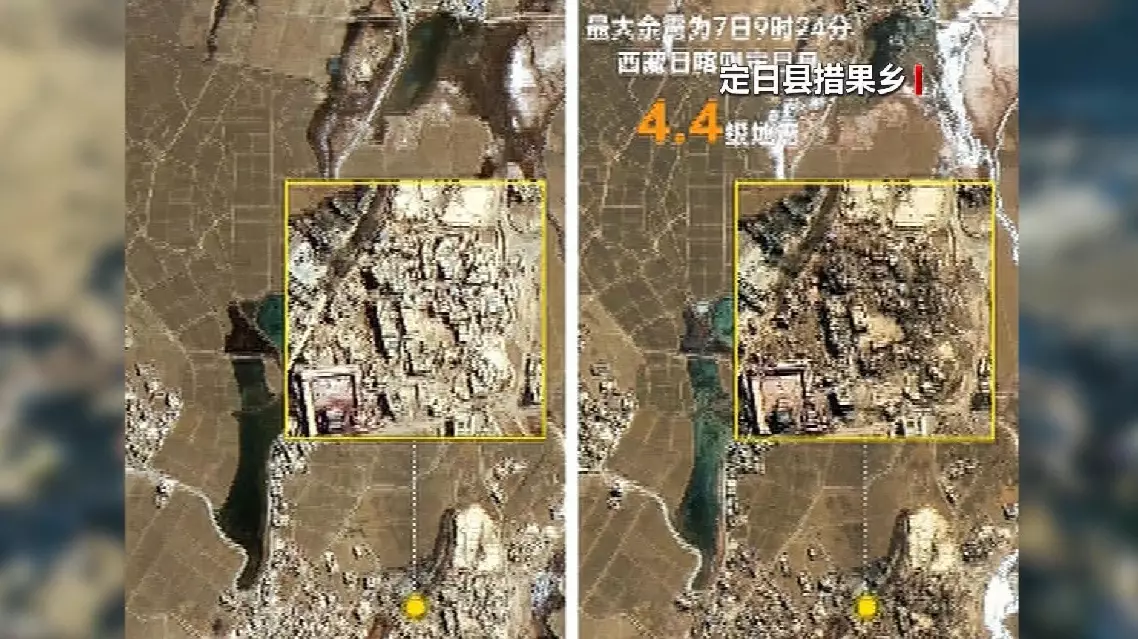
Over 1,000 aftershocks detected after Xizang 6.8-magnitude quake
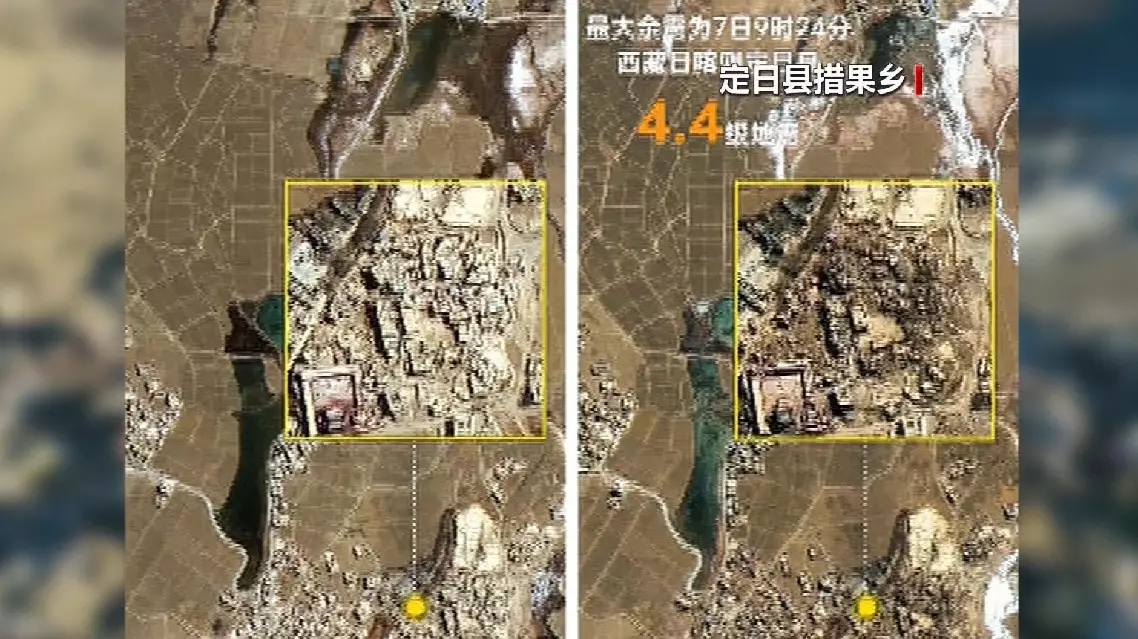
Over 1,000 aftershocks detected after Xizang 6.8-magnitude quake


